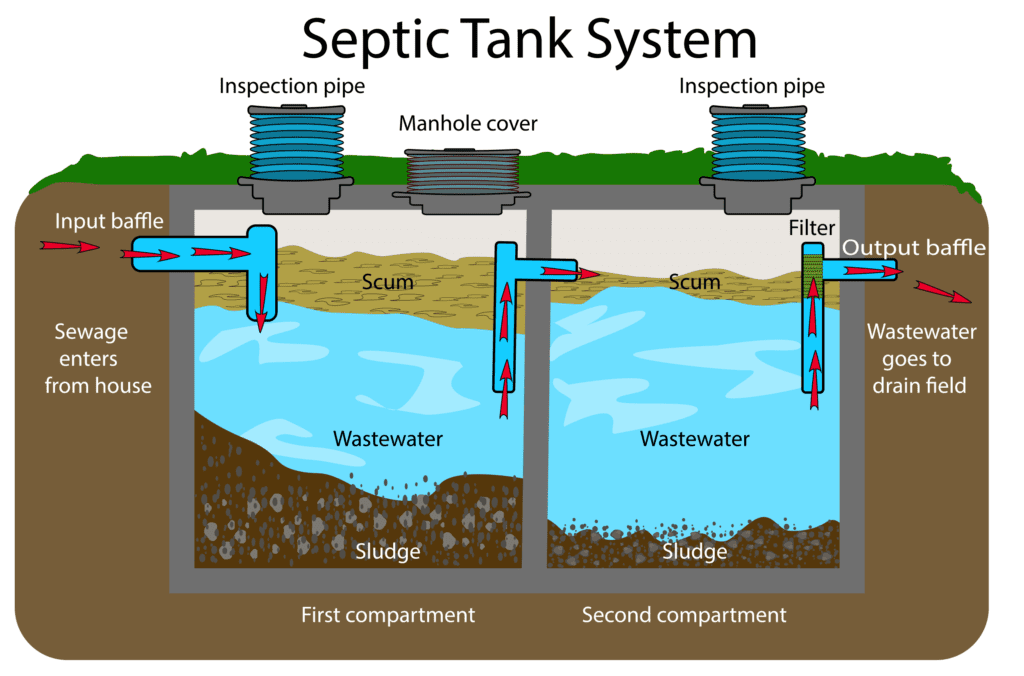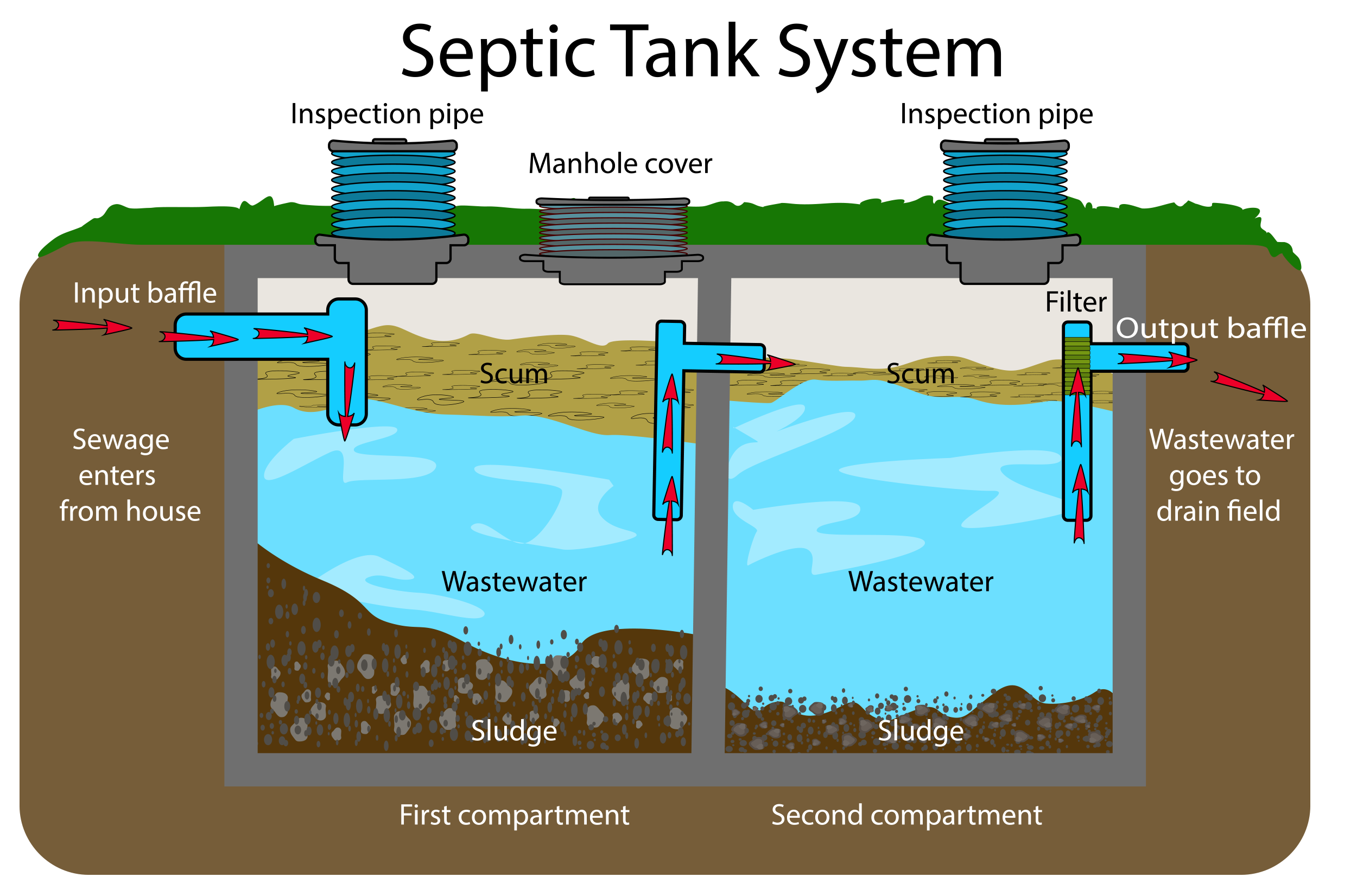In this informative article, we will explore the question that many septic tank owners have wondered about: can you use drain cleaner with a septic tank? We will delve into the impact that drain cleaner can have on onsite systems, and provide you with a comprehensive understanding of how it may affect your septic tank. By the end, you will have the knowledge you need to make an informed decision about using drain cleaner in your home.
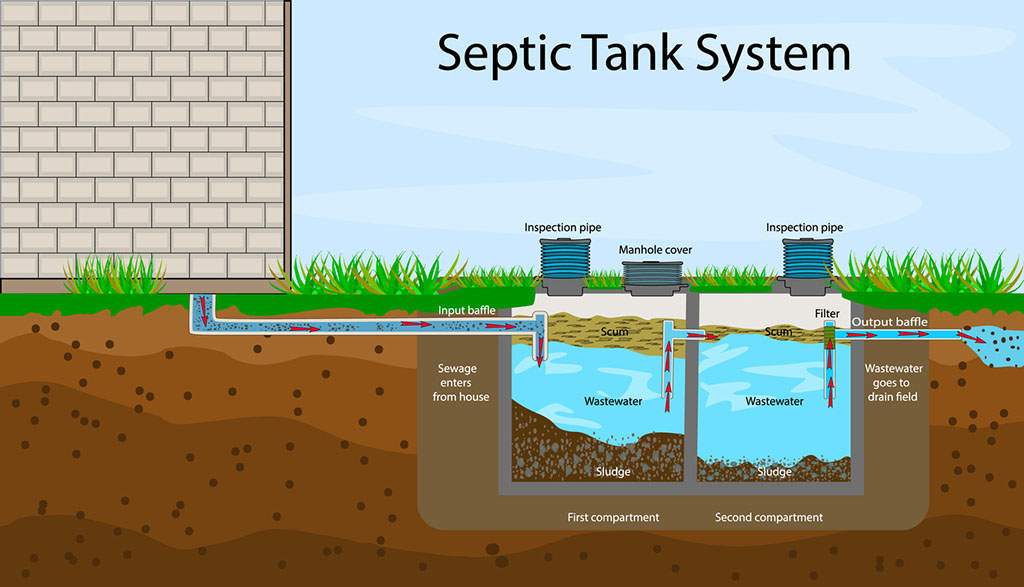
What is a septic tank?
A septic tank is an underground wastewater treatment system commonly used in rural areas or homes that are not connected to a public sewage system. It is designed to collect and treat household wastewater, including water from toilets, showers, sinks, and laundry machines. The purpose of a septic tank is to separate solid waste from the liquid, allowing the liquid to drain into the drain field for further purification by the soil.
Function of a septic tank
The main function of a septic tank is to treat and process household wastewater. When wastewater enters the tank, it undergoes a series of processes to separate the solid waste from the liquid. As the wastewater enters the tank, the solid waste settles at the bottom, forming a layer of sludge. The liquid waste, known as effluent, floats above the sludge layer. Over time, bacteria and other microorganisms break down the organic matter in the sludge, reducing its volume.
Components of a septic tank
A septic tank consists of several key components that work together to treat wastewater effectively. The first component is the inlet pipe, which allows the wastewater to enter the tank. The wastewater then flows into the primary chamber, where solid waste settles at the bottom and floating scum rises to the top. The effluent then moves into the secondary chamber, where any remaining solids and bacteria are further processed. Finally, the treated effluent exits the tank through the outlet pipe and is distributed into the drain field for absorption into the soil.
How do drain cleaners work?
Drain cleaners are chemical substances used to remove clogs and blockages in drains. They are typically poured directly into the drain and work by dissolving or dislodging the debris causing the blockage. Different drain cleaners may have varying chemical compositions and mechanisms of action.
Chemical composition of drain cleaners
Drain cleaners can contain a variety of chemicals, including sodium hydroxide (lye), sulfuric acid, or hydrochloric acid. These chemicals are highly corrosive and can react with the substances causing the clog, breaking them down and allowing them to be flushed away.
Mechanism of action
When a drain cleaner is poured into a clogged drain, the chemicals in the cleaner react with the organic or inorganic matter causing the blockage. This reaction can generate heat, which helps dissolve the debris. In some cases, the drain cleaner may also produce gases, such as carbon dioxide or hydrogen gas, which can further break down the clog and create pressure to dislodge it.
Compatibility of drain cleaners with septic tanks
Using drain cleaners in septic systems raises concerns about their compatibility with the tank’s delicate ecosystem. It is important to understand the different types of drain cleaners and their potential impact on septic tanks.
Types of drain cleaners
There are two main types of drain cleaners: caustic drain cleaners and acidic drain cleaners. Caustic drain cleaners, which usually contain sodium hydroxide or potassium hydroxide, work by converting the clog into a soap-like substance that can be easily washed away. Acidic drain cleaners, on the other hand, contain sulfuric acid or hydrochloric acid and work by chemically reacting with the clog to dissolve it.
Effectiveness of drain cleaners on septic tanks
While drain cleaners can effectively remove clogs in drains, they may not be as effective in septic tanks. The harsh chemicals in drain cleaners can disrupt the delicate balance of microorganisms in the tank, which are crucial for the breakdown of organic matter. Additionally, the high acidity or alkalinity of drain cleaners can also damage the septic tank components over time.
Potential risks of using drain cleaners with septic tanks
Using drain cleaners in septic tanks can pose several risks to the system itself and the surrounding environment. It is important to be aware of these risks before using drain cleaners in a septic system.
Chemical damage to septic tank components
The chemicals in drain cleaners, particularly acidic cleaners, can corrode and damage the components of a septic tank over time. This can lead to leaks, cracks, or even structural failure of the tank. Additionally, the harsh chemicals can also damage the pipes and plumbing fixtures connected to the septic system, further compromising its functionality.
Negative impact on the bacterial balance
Septic tanks rely on a delicate balance of bacteria and other microorganisms to break down organic matter in the wastewater. The use of drain cleaners can disrupt this balance, killing off beneficial bacteria and inhibiting the natural decomposition process. This can result in a decrease in the efficiency of the septic system and, over time, may lead to the accumulation of solid waste and clogs.
Contamination of groundwater and nearby water sources
Septic tanks are designed to treat wastewater and prevent harmful contaminants from entering the environment. However, the use of drain cleaners in septic systems can introduce toxic chemicals into the tank. These chemicals can then seep into the soil and potentially contaminate groundwater or nearby water sources, posing a risk to human health and the environment.
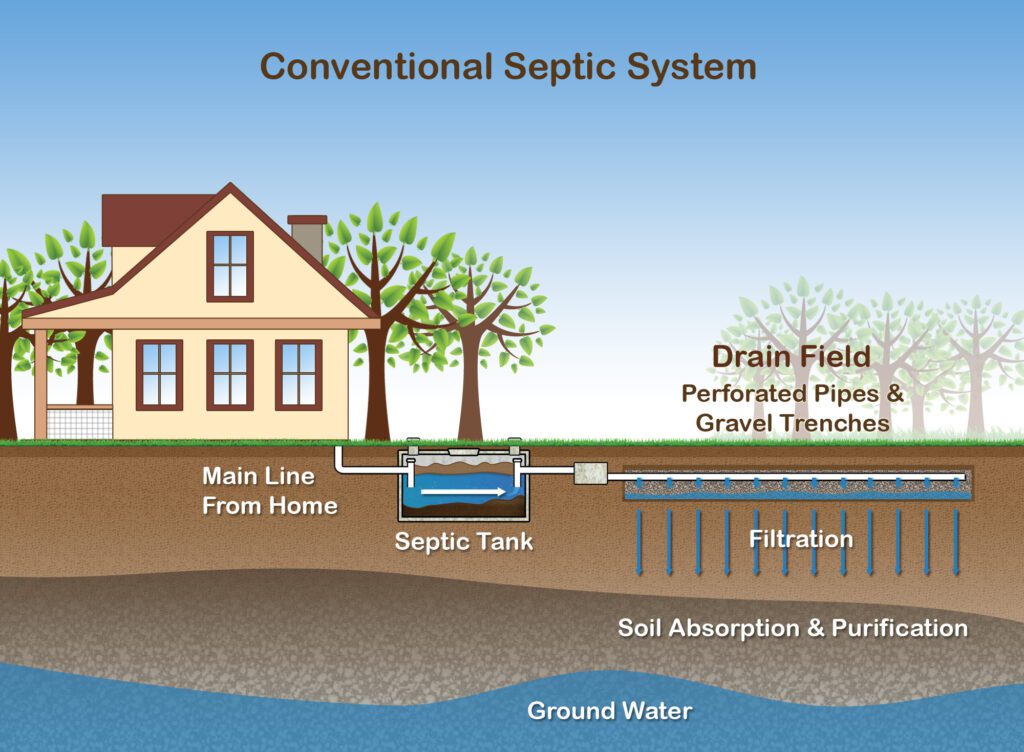
Alternative methods for unclogging drains in septic systems
If you encounter a clogged drain in your septic system, there are alternative methods that can effectively unclog the drain without the use of harsh chemical drain cleaners.
Mechanical methods
One alternative method is to use mechanical means to remove the clog. This can be done by using a plunger or a drain snake to physically dislodge the blockage. These methods are often effective and pose no risk to the septic system.
Natural drain cleaning solutions
Another option is to use natural drain cleaning solutions that are safe for septic systems. These solutions usually consist of a combination of baking soda, vinegar, and boiling water. The mixture can be poured down the drain to break down the clog without causing harm to the septic tank or the environment.
Dos and don’ts for using drain cleaners with septic tanks
If you decide to use drain cleaners in your septic system, it is important to follow certain guidelines to minimize the potential risks and ensure the safety of your system.
Choosing septic-safe drain cleaners
When selecting a drain cleaner, look for products that are specifically labeled as safe for septic systems. These drain cleaners are formulated with milder chemicals that are less likely to harm the bacteria and components of the septic tank. Avoid using drain cleaners that contain strong acids or bases, as they can cause damage to the system.
Proper usage and disposal of drain cleaners
Follow the instructions provided by the manufacturer when using drain cleaners. Avoid using excessive amounts of cleaner, as it can increase the concentration of chemicals in the septic tank. After using the cleaner, dispose of the empty container and any remaining product according to local regulations. Never pour drain cleaner directly into the septic system or any nearby water sources.
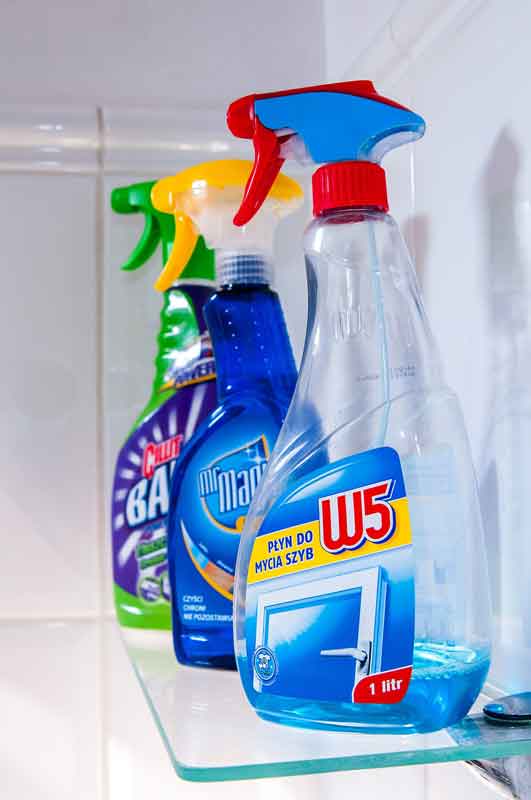
Signs of septic tank damage from drain cleaner use
Using drain cleaners in septic systems can sometimes result in damage to the tank or its components. It is important to be able to recognize the signs of septic tank damage associated with drain cleaner use.
Foul odor
One of the common signs of septic tank damage is the presence of a foul odor in or around your home. This odor may indicate that the chemicals in the drain cleaner have disrupted the bacterial balance in the tank, resulting in the production of unpleasant-smelling gases.
Slow draining or backup issues
If you notice that your drains are draining slowly or experiencing frequent backups, it could be a sign of damage to your septic tank. The use of drain cleaners can cause solid waste to accumulate in the tank, leading to obstruction and drainage problems.
Increased frequency of septic tank pumping
If you find yourself needing to pump out your septic tank more frequently than usual, it may be a sign that the use of drain cleaners has negatively impacted the system. The accumulation of solid waste and reduced bacterial activity can result in faster fill-up rates, requiring more frequent pumping.
Maintaining a healthy septic system
To ensure the long-term health and functionality of your septic system, regular maintenance is crucial. Implementing preventive measures and practicing proper care can help avoid potential issues and extend the lifespan of your septic tank.
Regular septic tank maintenance
Schedule regular professional inspections and maintenance for your septic tank. A professional septic technician can assess the condition of the tank, check for any damage, and pump out the accumulated sludge to prevent blockages and backups. It is usually recommended to have your septic tank pumped every 3 to 5 years, although the frequency may vary depending on the size of the tank and the household’s water usage.
Preventive measures to avoid drain clogs
Preventing drain clogs is key to maintaining a healthy septic system. Avoid pouring grease, oil, or fat down the drain, as these substances can solidify and cause blockages. Additionally, use drain strainers or screens to prevent hair, food particles, and other debris from entering the drains. Regularly clean these strainers to ensure optimal drainage.
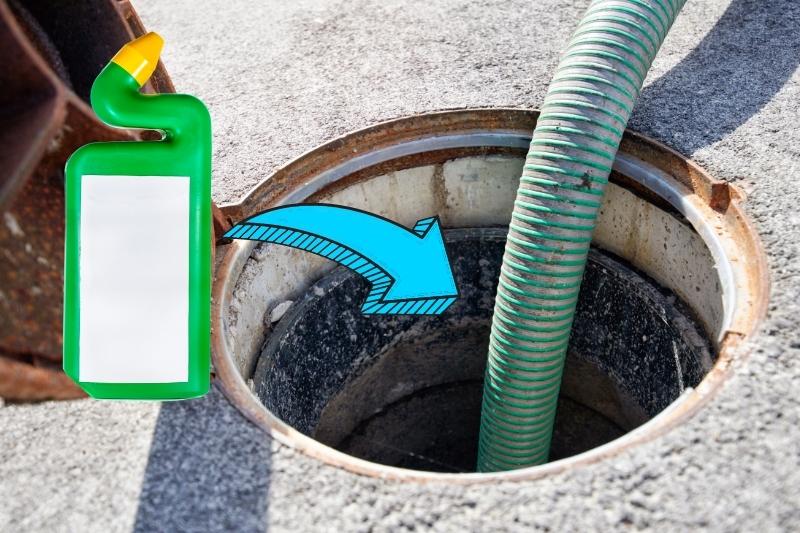
Professional advice on drain cleaner use with septic tanks
If you have concerns about using drain cleaners in your septic system, it is advisable to seek professional advice. Septic system experts and plumbers can provide valuable insights and guidance specific to your system’s needs.
Consulting septic system experts
Septic system experts specialize in the design, installation, and maintenance of septic systems. They can evaluate the specific characteristics of your system and advise on the suitability of using drain cleaners. They may also recommend alternative methods for unclogging drains or provide guidance on the safe use of drain cleaners if necessary.
Guidance from plumbers
Plumbers are knowledgeable in all aspects of household plumbing, including septic systems. They can assess the condition of your plumbing and septic system and offer advice on how to safely and effectively use drain cleaners. Plumbers can also provide recommendations on preventive measures to avoid clogs and maintain a healthy septic system.
Conclusion
While drain cleaners can be effective in unclogging drains, their use in septic systems comes with potential risks. The harsh chemicals in drain cleaners can damage the delicate balance of bacteria in the septic tank, corrode tank components, and contaminate groundwater. It is important to exercise caution and follow the dos and don’ts when using drain cleaners in septic systems. Alternative methods, such as mechanical unclogging or natural solutions, can provide safe and effective alternatives. Regular maintenance and preventive measures are also crucial in maintaining a healthy septic system. When in doubt, it is always advisable to seek professional advice from septic system experts or plumbers. Prioritizing the well-being of your septic system will ensure its longevity and minimize potential issues in the future.
